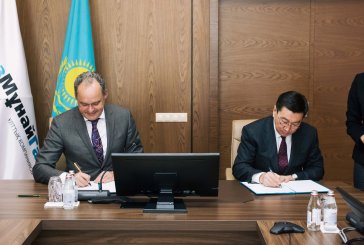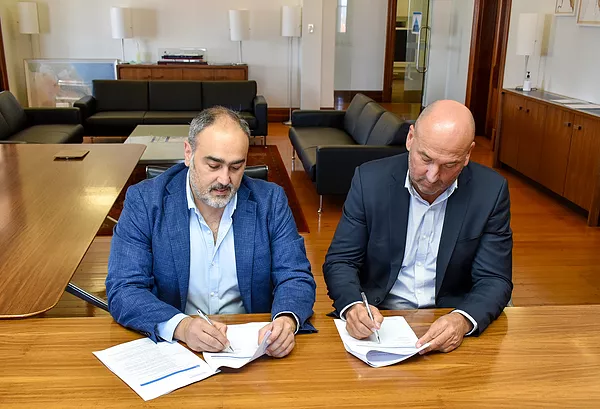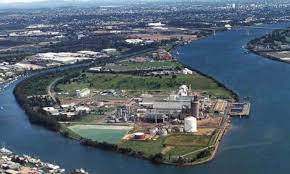A new MoU between Linde and KazMunyGas (KMG, Kazakhstan's national oil & gas organisation) will see the two explore the feasibility of large-scale clean hydrogen & ammonia projects in Kazakhstan. The initial focus will be hydrogen & ammonia production from either natural gas with carbon sequestration, or water electrolysis. Development and construction of projects will follow a successful feasibility phase.
Asia
Wärtsilä & Møkster join forces, Japanese maritime consortium takes next steps
Wärtsilä and Simon Møkster Shipping will explore the feasibility of using ammonia as the main fuel in dual fuel engines. Currently Møkster's fleet operates on LNG. In Japan, NYK Line, Japan Engine Corporation, IHI Power Systems, Nihon Shipyards and ClassNK will all collaborate on a demonstration project of ammonia-powered vessels in Japan. First announced in 2020 with three vessel concepts, two of the three vessel designs now have a commercialisation schedule fully defined (the A Tug and the AFAGC).
New industry white paper from the Australian Hydrogen Council
Acknowledging that a coordinated, national-level approach is urgently needed to create a viable hydrogen industry in Australia, the Australian Hydrogen Council (AHC) has set out a series of recommendations in their new white paper. AHC sees ammonia as playing an important role in an emerging Australian hydrogen industry, particularly as an immediate end-use application for clean hydrogen. We sat down with AHC's CEO Fiona Simon to learn more.
H2U, Origin enter new partnerships for green ammonia export
Two new MoUs were signed this week to develop green ammonia export projects in Australia: one between H2U and Gladstone Ports Corporation, and one between Origin Energy and J-POWER.
Three new Australian ammonia production projects
Three renewable and carbon-negative ammonia production projects to explore this week in Australia: Gibson Island (Incitec Pivot and Fortescue Future Industries), Bundaberg and Port Anthony (both CAC-H2 joint ventures).









